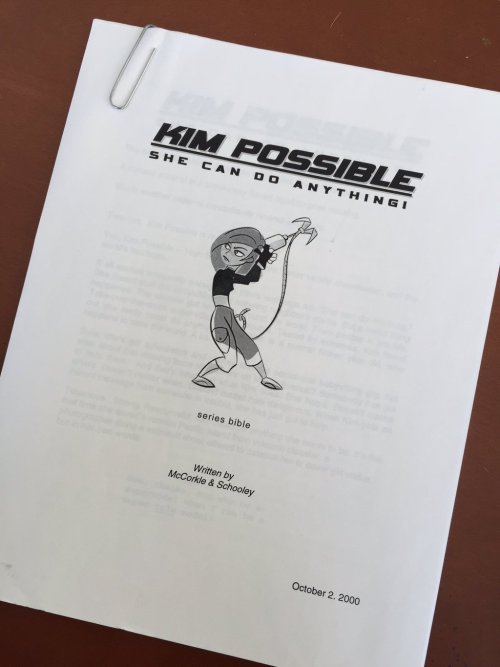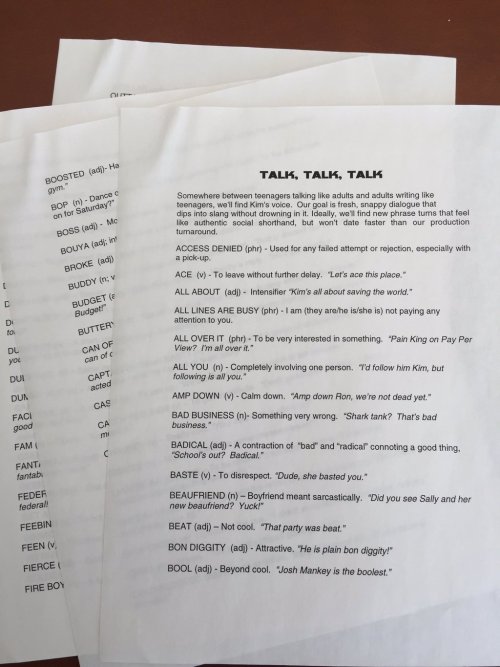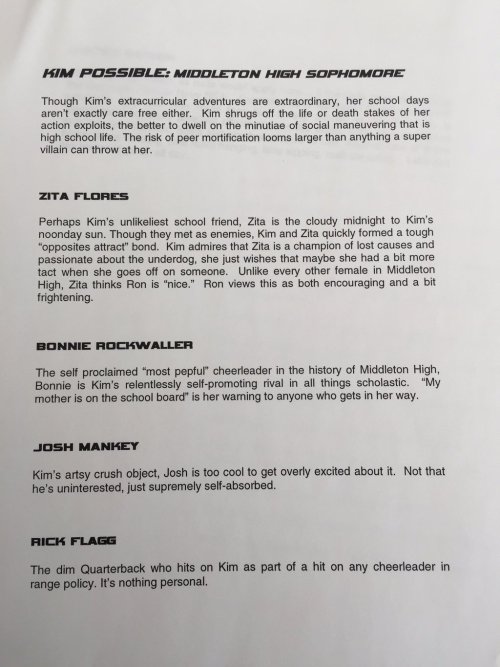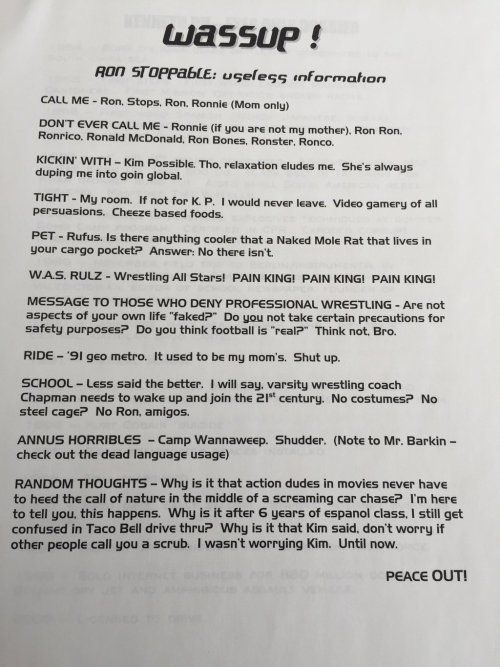Writing From Scratch #2
Writing from Scratch #2
What is a Plot?
Different people mean different things when they use the word “plot,” and they are all correct, if not as descriptive as they could be.
Some people mean a story structure, like the 3-Act Structure; some people mean a plot archetype, like an underdog sports plot or a heist plot; some people mean the negative to positive or positive to negative trajectory of the main character, like Rags to Riches; and some people mean “to plot” as in “to outline.”
Throughout Writing from Scratch, when I say “plot,” I’ll be referring to the definition I’ve already hinted at: a plot is a problem and its solution. Plots of this nature can be very long if the solution takes a while for the character to arrive at or very short if the solution is solved without much trouble. In a story with multiple plots of this type, the plot that has its problem first introduced and last solved is what I will call the Long Plot.
Plot-Problems
There are four umbrella types that plots of this kind fall under – all based on the type of problem the plot has. And these are called the MICE* plot-problems.
Milieu
Inquiry
Character
Event
Over the next few posts, I will be diving into each in turn.
Read More on WordPress
More Posts from Feralpaules and Others
Writing from Scratch #7: The Event Plot
The Event Plot
The problem of an Event plot is a disruption to the status quo. The solution comes either from setting everything right again or adapting to the change. The Event plot is probably what most people think of when they think “what is a plot?” Any story that deals with a life-changing or world-changing event is an Event.
The first plot I analyzed, from The Expanse television series, is an Event plot. Let’s look at another: The Princess Diaries. As we did with Lord of the Rings, we’ll look at the movie rather than books because more people will be familiar with the movie (which is a damn shame).
The Event: Mia Thermopolis’s grandmother tells Mia that she is the princess of small European kingdom Genovia, and she must take the throne.
First try: Mia tries to reestablish the old status quo of being a nobody by running away from her grandmother to her mother’s house. Fail: No, she is not allowed to ignore that she is a princess, and she must undergo “princess lessons.”
Second try: Mia tries to adapt to the new status quo of being a secret princess by taking princess lessons and letting her best friend in on the secret. Fail: Yes, Mia gets a makeover and goes to a state dinner, but she is kind of a mess emotionally and embarrasses herself.
Third try: Mia tries to ignore everything that is happening to her status quo. Fail: No, everyone knows she’s a princess now, and because horrible school bullies school-bully she is a laughing stock.
Fourth try: Mia tries to run away from the city to avoid reestablishing the old status quo by renouncing the crown or adapting to the new status quo by accepting the crown. Fail: No, she doesn’t successfully run away, and she arrives at the ball looking like a drowned cat.
Final try: Mia tries adapting to the new status quo by accepting the crown. Solution: Yes, Mia adapts to being a princess, and she impresses everyone with her speech.
Prompt: write a flash fiction with an Event in which the plot-problem that disrupts the status quo is a marriage proposal. How a marriage proposal would disrupt the status quo is up to you. You’ll also choose the character, setting, genre, and stakes, as well as what is preventing this status quo from being reestablished or adapted to immediately. This simple plot can create a story from a rom-com to a fantastical action-adventure.
If you like this and want more, check out my website theferalcollection.com
Story idea: the local Academy of Magic has an Archaeology Department. They have an ongoing feud with the Necromancy Department because necromancers keep stealing bones from the archaeological lab, and archaeologists keep interrupting necromancy rites to ask the undead about their funerary rites.
The two departments also keep arguing over which one of them has the highest count of “ooops-found-an-ancient-evil-thing-and-almost-destroyed-the-world”.
When writing descriptions, consider what you want to accomplish. Giving the reader an idea of the layout of a room will require different types of descriptions/different descriptive words than evoking emotions. Think also of who is giving the descriptions: a first person or subjective third person narrator should describe based on how they experience the setting, while an objective third person narrator may have more freedom to match the descriptions to your own preference.
Underlined PSA
Figment, the recently closed writing website, has just launched (after a long delay) their long-awaited successor to figment known as Underlined, where users can post their work and receive feedback, supposedly.
DO NOT USE UNDERLINED. DO NOT POST YOUR WORK ON UNDERLINED.
Underlined’s terms and conditions contains a clause stating that the rights to all your work that you post on their website belongs to them!!!!
Underlined belongs to Penguin Random House. This is an extremely dirty trick for them to play on writers, especially young writers and children, who come to the internet to get feedback and will lose the rights to their work. Please boost!!!
Super helpful for writers to take a lot at as well.







For those who do not have Twitter, Bob Schooley posted a Kim Possible series bible on there today. This contains material on the basic outline for the series. This was made about two years before the first episode was aired. There is so many amazing things in here that ended up being changed or did not happen or appear in the show entirely. A must look for any hardcore KP Fan!





Wait, so diversity is not a problem in Hollywood anymore? Nope, we solved it. Wow!







Disney Princesses at their Current Ages
Outlining: one writer’s approach

…So I was puttering around on Twitter the other day, as one does, and in mid-putter found that someone on my timeline had just RT’d some tweets from a discussion about which approach to writing a book (or other longish piece of prose) was the best: pantsing or plotting. (”Pantsing”, for those of you who may not have come across the term, indicates just sort of making up a story as you go along, without establishing an underlying structure first or (sometimes) knowing how it’s going to end. “Plotting” means having some kind of plan about where the story is going to go – which I would normally take as meaning a premise or outline of some sort.)
And the person at the core of this particular thread, Rebecca F. Kuang, said this:
wait can someone who isn’t a pantser actually explain themselves? how detailed does your outlines get? do you really know the sequence of and content of every scene ahead of time? how you figure out smaller plot threads before you’re ~in~ it?
Since I’m emphatically not a pantser, but a four-decade plotter, I thought maybe I could bring something useful to the discussion. I asked how much detail on the process was wanted? as I’d been doing this for a while.
Rebecca said:
haha well what i’m most curious about is how you can “feel” the story’s tone/heft/urgency and connect with the characters and their plight from an abstract outline? i’d like to plan more, but i have a hard time thinking from a birds eye view
It’s a good question. But for a moment there I was brought up short, as the concept of an “abstract” outline kind of startled me. I couldn’t imagine what kind of outline that would be. And then the horrible thought occurred: Wait. Can it be that when some of these folks hear “outline” they’re thinking about that godawful high-school English kind of thing? Full of Roman numerals and numbers and capital letters and small letters – ?
Oh gods no. No no no no no no, it’s not like that at all.
…So I got into the subject a little: what novel outlines can look like, the trick I was taught about how to structure them, and how to make them work for you. (There are some references to Scrivener in there, because that’s what I use, but the advice will work perfectly well no matter what software or other instrumentality you’re using. My outlines tend to start out with pen and writing paper, but they don’t stay on paper for long.) There are also a couple of examples of the kind of outline you would send an editor when querying.
The thread got long, and a little disjointed. So when it was over I cut my bits together and polished them a little; and at the end added one (extremely important) afternote. Then I put it up on my main blog, right here. So if this is a subject that might interest you, maybe you want to take a look, as (to my great pleasure) I’m already hearing from people who say they’re finding the info / approach in the post useful.
Just as an FYI: A copy of the post will also go up on FicFoundry.com when that site goes live at the end of the month, as that’s where all my writing stuff will be going from now on. (It was past time that whole batch of content had someplace of its own. That’s getting sorted now.)
…And now back to work. (Yet another outline, as it happens…) :)
Winter Reading Reviews '16
Winter '16 Reading Reviews #bookreviews #amreading
A couple weeks late, but it gave me a chance to finally finish Tigana, which has been haunting me since the fall. This review has minor spoilers for Tigana by Guy Gavriel Kay, The Steel Remains by Richard Morgan, Before the Awakening by Greg Rucka, The Force Awakens by Alan Dean Foster, Games Wizards Play (Young Wizards series) by Diane Duane. (more…)
View On WordPress
-
 theferalcollection reblogged this · 4 years ago
theferalcollection reblogged this · 4 years ago -
 feralpaules reblogged this · 4 years ago
feralpaules reblogged this · 4 years ago
check out my main blog www.theferalcollection.wordpress.com and find fandoms and funstuff on www.theferalcollection.tumblr.com
103 posts